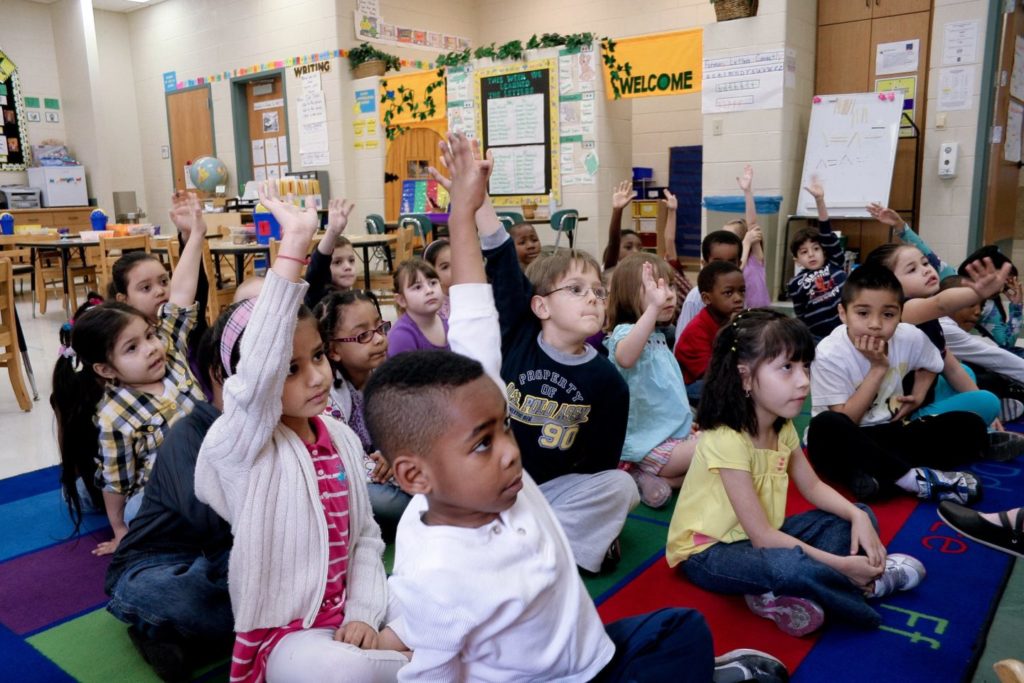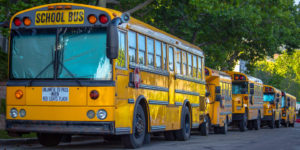Student achievement rebounding post-pandemic, more intervention needed
(The Center Square) – Learning levels are stabilizing or recovering for many Indiana students in the wake of COVID-19 disruptions, according to a recent study commissioned by the Department of…

(The Center Square) – Learning levels are stabilizing or recovering for many Indiana students in the wake of COVID-19 disruptions, according to a recent study commissioned by the Department of Education, but more targeted effort is needed to keep momentum going.
Targeted, collaborative strategies have been responsible for modest gains in learning outcomes over the last year, according to Secretary of Education Katie Jenner, and the results of the study show educators where to focus their effort next.
“Today we’re seeing the positive collective impact we can have when educators, communities and families come together to support our students’ learning,” Jenner said in a statement. “Foundational learning in English/language arts and math is stabilizing or recovering for most of our students, and Indiana’s educators and students should be proud of this progress.”
That collaborative effort included the Student Learning Recovery Grant Program, a $150 million effort appropriated by the Legislature last year to support accelerated learning plans through partnerships between community organizations, education service centers, higher education institutions and schools. That provided funding to 110 learning partnerships last year in 83 counties.
Yet more intervention is needed, Jenner stressed.
“The results show that while learning is stabilizing or recovering for many Indiana students, innovative and collaborative accelerated learning activities must be implemented to increase academic momentum for all Hoosier students.”
The study, conducted for the DOE by the National Center for Assessment, showed that most students increased this year between 1% and 4% in math and English language arts proficiency. About 41% of Hoosier students are now at or above proficiency in English language arts and 39% at or above proficiency in math.
However, learning levels have not begun to rebound for some student populations.
Overall, the lowest outcomes were seen in minority students in grades 5-8. While learning for white students in those grades was stabilizing in both math and language arts, Asian, Black, and Hispanic students tended to be either stabilizing or declining, with the poorest showing among Hispanic and special education students in language arts.
“Overall proficiency for Black and Hispanic students remains very low and has urgent need for improvement,” the report concluded.
Jenner emphasized that the learning is to be used proactively to craft new solutions.
“Prepandemic education models must be reimagined to meet our students where they are and propel them toward success,” she said.
One such solution for fall 2022 will be a grant program providing up to $1,000 for tutoring for students who are struggling academically due to pandemic-related learning disruptions. Funding will come from the federal Elementary and Secondary School Emergency Relief Fund.
The plan is for the DOE to provide the first $500, then match another $250 provided by local districts, according to spokeswoman Holly Lawson.
Other learning initiatives announced for fall include a student graduation success dashboard and a learning lab to give parents and teachers online resources teaching literacy, STEM, digital, special education, and English learner instruction.



